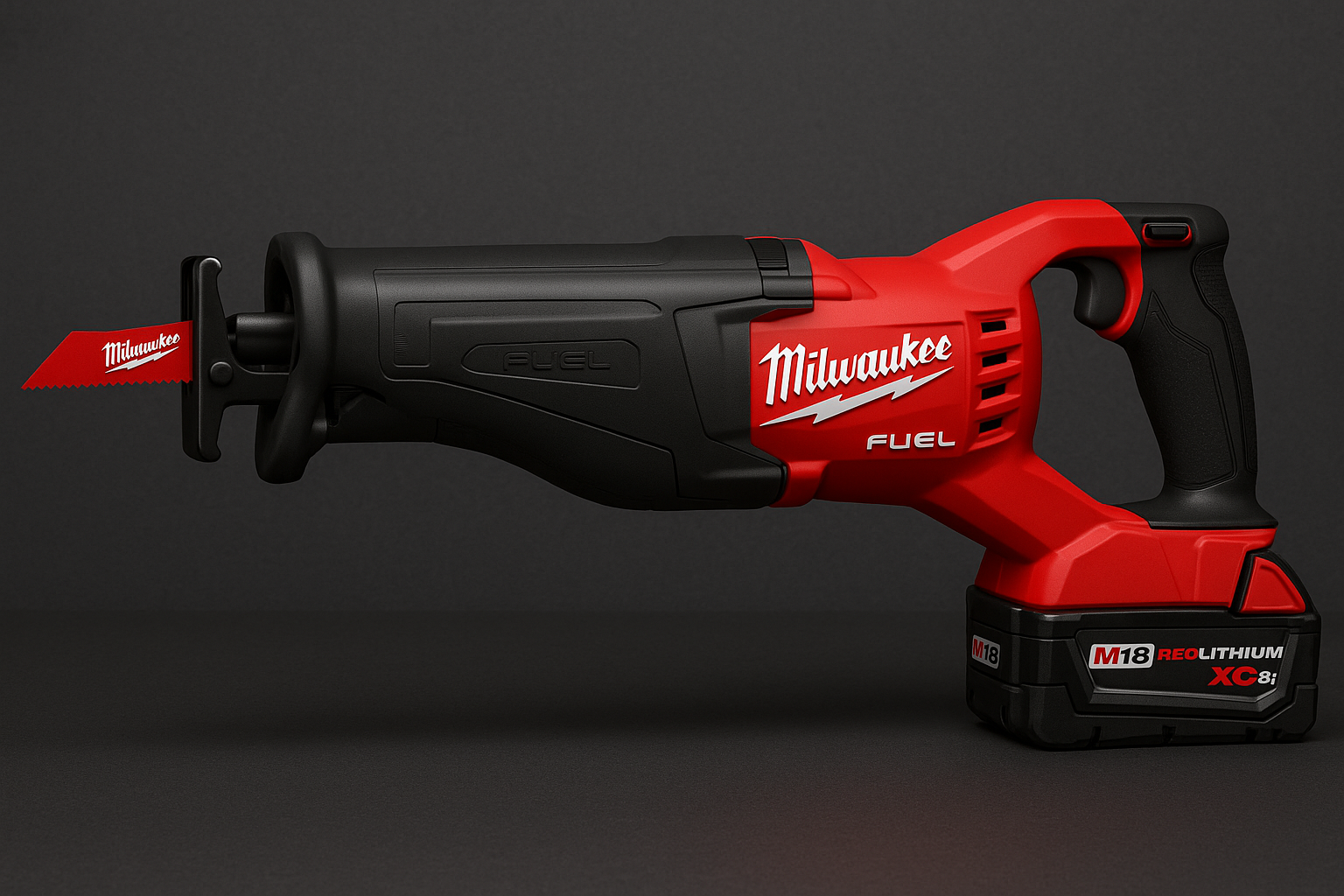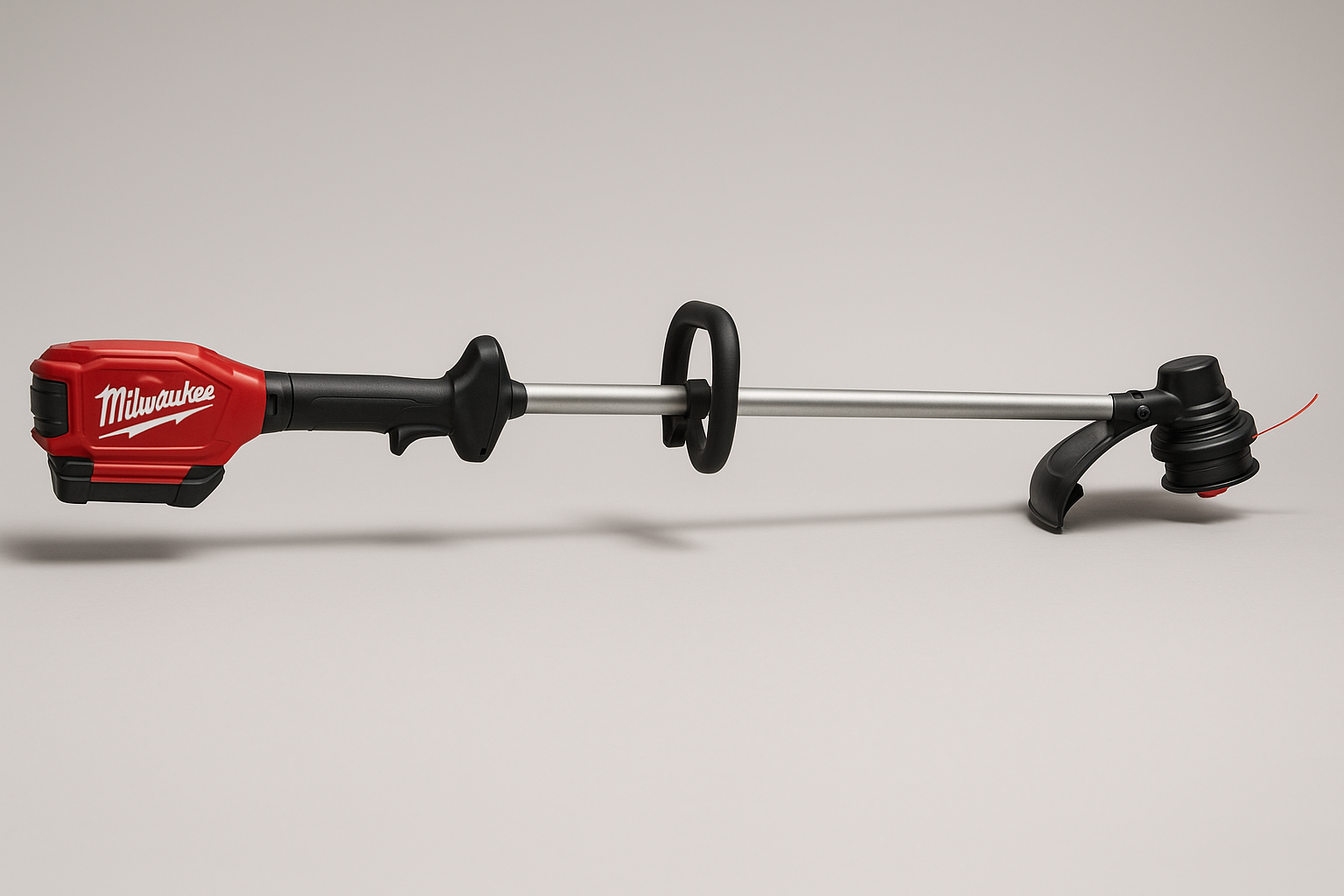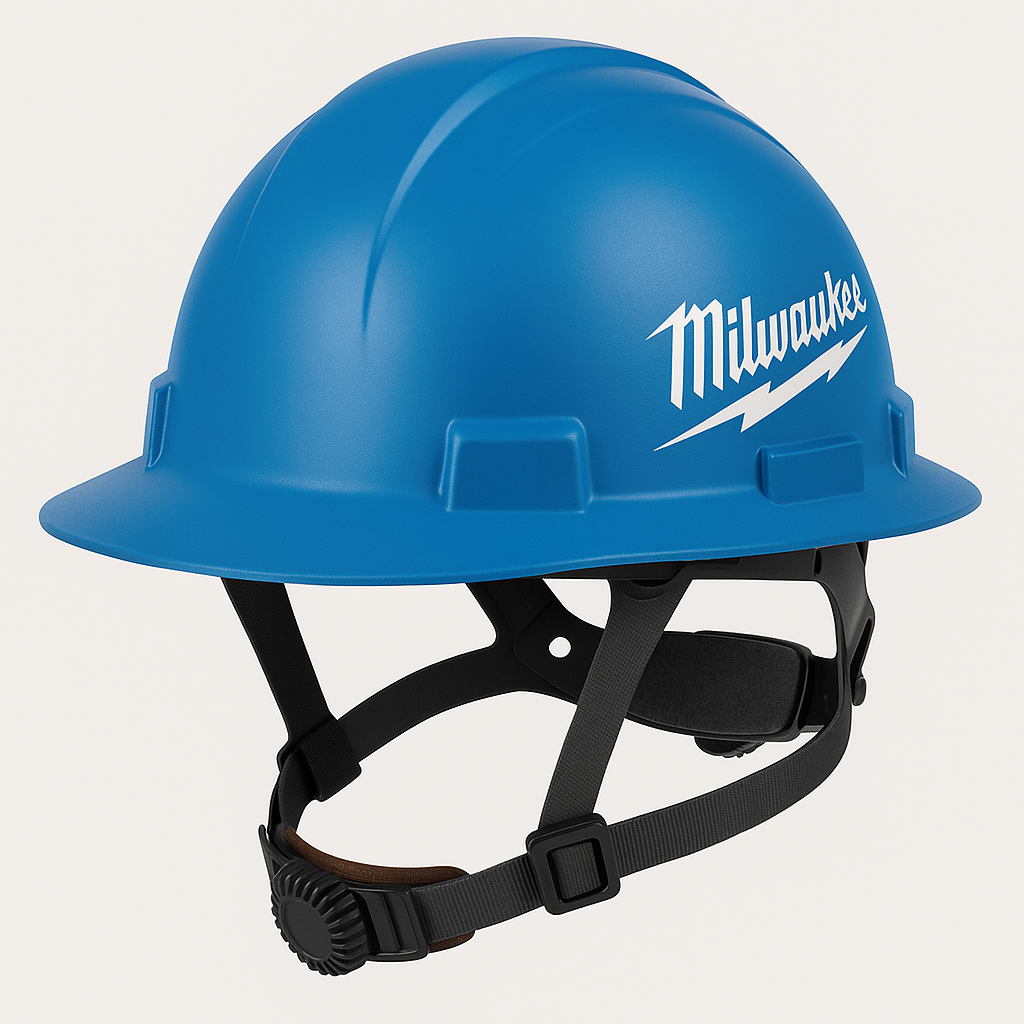🌟 Introduction
Soil stabilization is a critical step in modern construction and geotechnical engineering, ensuring the ground is solid, secure, and capable of supporting infrastructure. One innovative material gaining traction in this field is Avalanche Grout — a specialized polymer-modified grouting system that enhances soil strength, minimizes erosion, and reduces settlement risks.
Whether you're a civil engineer, contractor, or developer, understanding how Avalanche Grout works can help you achieve long-lasting, cost-effective ground improvement.
In this article, we’ll explore the uses, benefits, application methods, and SEO-optimized best practices for using Avalanche Grout in soil stabilization projects. Let's dig in! ⛏️
📌 What Is Avalanche Grout?
Avalanche Grout is a high-performance, flowable grout designed for complex ground stabilization and soil binding projects. It contains cementitious components and chemical additives that penetrate loose or unstable soil, creating a dense, water-resistant mass. This makes it ideal for stabilizing:
Weak subgrades
Underground utilities
Slope embankments
Foundations in seismic zones
🛠️ How Avalanche Grout Works
Avalanche Grout works through pressure injection into the ground, filling voids and binding soil particles. As it cures, it expands slightly to fill gaps, resulting in:
Increased bearing capacity
Reduced permeability
Improved load distribution
Resistance to environmental degradation
It's commonly used in both remedial work (fixing existing problems) and pre-emptive stabilization (before construction begins).
✅ Benefits of Using Avalanche Grout
BenefitDescription💪 High StrengthEnhances soil shear strength and compressive properties💧 Water ResistancePrevents water infiltration, minimizing erosion⏱️ Fast SettingReduces downtime and project delays♻️ Eco-FriendlyLow environmental impact compared to traditional methods💰 Cost-EffectiveReduces excavation, transportation, and soil replacement costs
Johnson Box:
Quick Fact: Avalanche Grout can reduce soil permeability by up to 95%, making it ideal for wet or flood-prone areas!
🧰 Applications of Avalanche Grout in Soil Stabilization
1. 🏢 Foundation Reinforcement
Injecting Avalanche Grout beneath building foundations helps distribute loads more evenly, preventing differential settlement and cracks.
2. 🚇 Tunneling and Underground Infrastructure
Grout fills surrounding voids and stabilizes the earth during tunnel boring or pipe jacking, reducing collapse risks.
3. 🌊 Seepage Control in Dams and Embankments
Its impermeability makes it perfect for reducing water seepage in hydraulic structures.
4. 🛤️ Slope and Embankment Stabilization
Used to improve slope integrity and prevent landslides, especially in seismic or high-rainfall regions.
🧪 Technical Considerations
Mix Design: Avalanche Grout can be tailored by adjusting water-to-cement ratios, admixtures, and additives for specific soil types.
Curing Time: Typically between 24–72 hours, depending on moisture, temperature, and depth.
Injection Pressure: Ranges from 50 psi to 200 psi based on soil resistance.
📋 Installation Process
Site Evaluation – Perform soil tests and identify unstable areas.
Drilling – Boreholes are drilled to the required depth.
Grout Injection – Pump Avalanche Grout under pressure into the ground.
Monitoring – Evaluate grout spread and adjust injection strategy.
Post-Cure Testing – Conduct penetrometer or core tests for quality assurance.
🧠 Key Takeaways
Avalanche Grout is a powerful tool for stabilizing weak or water-logged soils.
It improves structural integrity, water resistance, and load capacity.
Ideal for various applications: foundations, tunnels, embankments, and more.
Its fast-curing and eco-conscious formulation make it a modern favorite.
Use targeted SEO to make your construction or engineering content rank higher!
❓Frequently Asked Questions (FAQs)
🤔 What is Avalanche Grout made of?
Avalanche Grout is typically composed of cement, water, chemical stabilizers, and polymers. Its composition can be adjusted based on project needs.
🛑 Is it safe for the environment?
Yes. Avalanche Grout is non-toxic, low in VOCs, and engineered to minimize environmental impact.
⏱️ How long does it take to cure?
Most applications achieve full strength within 24 to 72 hours, depending on climate and soil type.
🧱 Can it be used in clay or sandy soils?
Absolutely. Avalanche Grout is versatile and can be modified to suit a wide range of soils, including clayey, sandy, and silty compositions.
🏗️ Is this suitable for residential projects?
While commonly used in commercial and infrastructure work, it’s also ideal for residential foundations, retaining walls, and basements with soil instability.
🏁 Conclusion
Avalanche Grout is revolutionizing soil stabilization by offering unmatched strength, adaptability, and environmental safety. Whether you're addressing a shifting foundation, preventing water ingress, or preparing for heavy construction, this material provides a cost-effective and technically robust solution.
If you're planning a project that requires dependable soil support, consider Avalanche Grout — the modern engineer’s go-to for ground improvement.











Write a comment ...